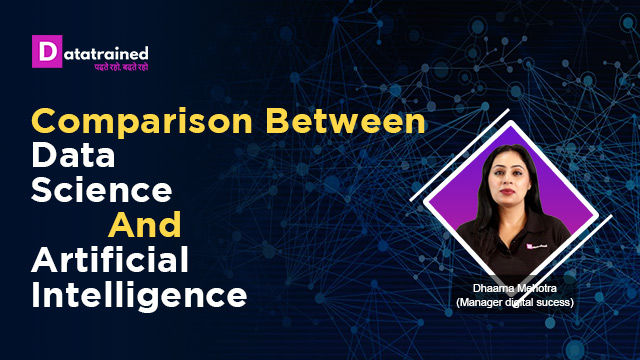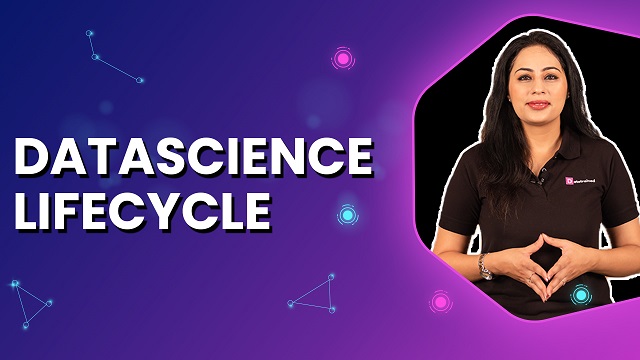Over the past decade, tech innovation has transformed the way consumers buy and businesses operate. With the arrival of technology, there isn’t a doubt that all choices we make should be absolutely data-driven. The fashion industry can be most disrupted through the effective use of data science.
So let's take a look at how data science is changing the way we buy clothes.
1. Advent of online shopping:
Physical stores are now being largely replaced by e-commerce websites. Online as well as offline retailers are now utilizing artificial intelligence (AI) to understand their customer’s preferences better. With data science, fashion stylists and designers are able to identify trends and meet the expectations of their consumers.
2. Sentiment analysis:
In the field of fashion, through data science, a user’s likes or dislikes, details of items purchased and exchanged, delivery timelines, optimal supply chain management, and a huge variety of additional information can be gathered and acted upon to make sure that the users have a great consumption experience.
3. Personalised fashion
The future of fashion depends on personalization. Given that fashion consumption is highly subjective, customers do not desire to see countless items when they shop instead, they wish to be shown only the relevant items. The use of data becomes a remarkably potent tool in providing true personalization. With the help of data science, brands can now process several hundred data points and learnings about their consumers in a few seconds to figure out their consumption preferences.
4. Predicting trends
With data science, brands can keep collecting data about the ever-changing preferences of their consumers. This info can then be utilized by designers to forecast trends and curate products that are in line with customer demands. With the arrival of social media, buyers are revealing what they buy, their likes and dislikes, the scope of improvements, and more. This information enables the fashion brands to make necessary changes in their offerings and products.
5. Minimizing wastage and managing inventory
Data science plays a pivotal role in forecasting the shopping behavior of customers. For brands with large-scale production, it can help them predict the demand for certain products and minimize the production of product lines that are in less demand. On the flip side, it also enables retailers to maintain sufficient inventory levels. With the help of data science, retailers can control inventory issues and offer products that are in vogue.
6. Fewer returns
For online shoppers, finding the best fit and look is usually tricky despite the wide selection of products. If the customer gets a product that doesn’t meet their expectation, it leads to a dissatisfied shopping experience. On the other hand, for sellers, the return and reimbursement process is an added cost. With data science, fashion brands can comprehend the nuances of a buyer’s preferences to create products that match a consumer’s expectations.
7. An ideal experience
Supply chain management, predictive & sentiment analysis, and overall transformation lead to a seamless user experience by the integration of rigorous data inferences derived by the machine along with human creativity to produce unique ideas on data application. Although, it is important to note that while data can be very effective for your business, it is what you do with those insights that distinguish you from your competitors.
















































